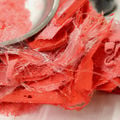Beyond Stereotypes: Feral Beauty of Hobbyhorsing
by Hana Rehorčíková
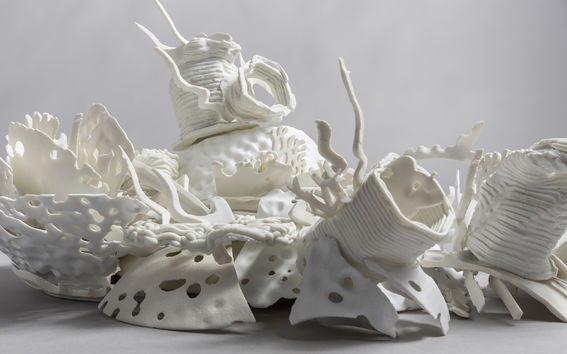
The process-led course provided a co-creative space for feral investigations of more-than-human ecologies in Helsinki and its surroundings. Through the seven course weeks, we explored and drifted with local other-than-human creatures – such as trees, crows, sparrows, hobby-horses, abandoned houses, park benches, rocks, Norse mythologies, our house plants and sounds behind our windows – to learn about their lives, hoping to form new relations and make sense of local ecologies together. While drifting, we questioned who has the ability and power to produce knowledge about local everyday realities, whose interests and concerns are taken into account, and who often remains less visible, un-heard, un-noticed. Our creative investigation was guided by feral ways of sensemaking that invite open-ended, embodied, sensory-rich, and spontaneous encounters unfolding beyond the bounds of human control. In practice, we experimented with various performative and imaginative sensemaking techniques including walking, drifting, listening, storytelling, prompting, crafting, baking, noticing, and sometimes simply remembering to collect experiences and co-create feral data artifacts of varied formats. The course outcomes – Helsinki Feral Data Artifacts – were showcased at the Uroboros 2023 festival in the National Gallery Prague in the form of short films and creative essays compiled into the Feral Zine.
Course teacher: Markéta Dolejšová
Teaching assistant: Zoë Robertson
Course partner: Uroboros Collective
Guest teachers & tutors: Jaz Hee-jeong Choi, Ville MJ Hyvönen, Andrea Botero, Ossi Oikari
If you’d like to know more about the feral course, reach out to [email protected]
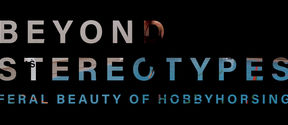
by Hana Rehorčíková
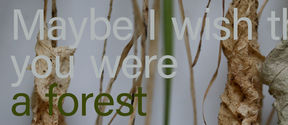
by Saga Rantanen
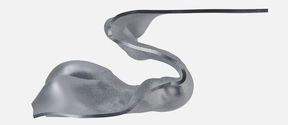
by Luise Arnold
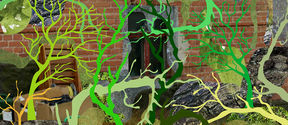
by Minchen Haga Stenersen
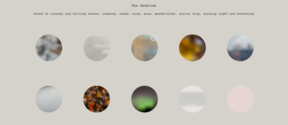
by Mingzhu Fan
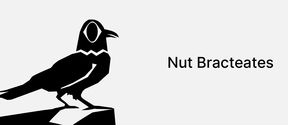
by João Justino
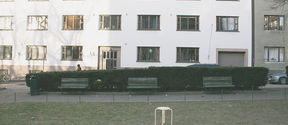
by Soli Uutera
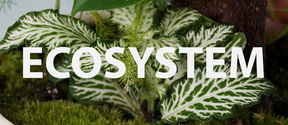
by Mattia Anderle
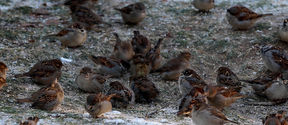
by Fanny Kajela
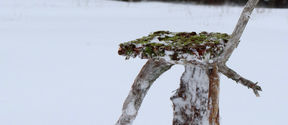
by Yutaro Komaki
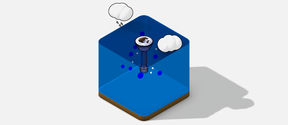
by Dario Aguet
Glass was explored through blowing and casting methods. Many preconceived notions were shattered in the workshop. Picking up the shards of an unexpected outcome often led to finding new and interesting ideas glimmering inside. Trial, error and reflection spun layers of narrative and material into projects supported by readings and discussions. Impressions were both made on the surface of glass as well as by narratives flowing from personal standpoints.
Teacher: Anna van der Lei
Teaching Assistant: Ena Naito
Workshop Masters: Zachary Compton, Slate Grove, Kalle Jalava, Kari Kääriäinen, Maria Mastola, Roel Meijs, Teemu Mäntylä, Mira Niitymäki, Tomi Pelkonen, Petteri Varmola, Tatu Vuorio
Students: Alex Baer, Théa Brochard, Lucie Gholam, Sanni Havas, Jimin Hong, Ronja Kortelainen, Helena Lundhal, Merika Oksanen, Lotta Maija Paananen, Henriikka Pahkala, Sandra Prami, Ron Repo, Harvey Shaw, Jule Timm, Milla Vainio, Paulina Varis
Photography: Sandra Prami
Case: New Order of Fashion (non-profit organization)
Teaching team: Anna van der Lei (Aalto) & Harm Rensink (NoOF)
Case assignment:
By analyzing their own behavior students are asked to rethink their consumption and look at new and experimental ways to trigger behavioral change when it comes to fast fashion consumption, local recycling and care for items.
New ways to collect and distribute used cloths locally? Why do we throw away in the first place? Why do we buy so fast something new? What can we learn from our grandparents? New sustainable materials? How to become more aware of the value of clothes we already own.
Keywords:
Consumer behavior, local recycling, identity, care, memories, consumption model, personal empowerment
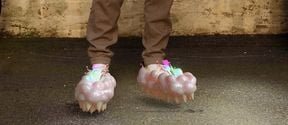
by Niklas Alenius
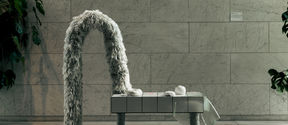
by Apolline Laforet
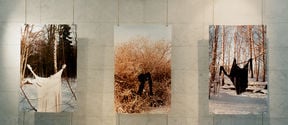
by Alejandra Perea Alarcon
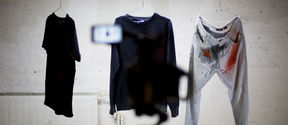
by Turkka Taipale
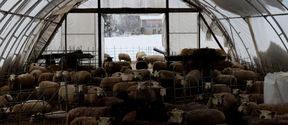
by Mira Niittymäki
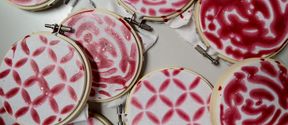
Dissolving recycled cellulose with ionic liquid to create coloured patterns on fabrics.
by Iines Jakovlev
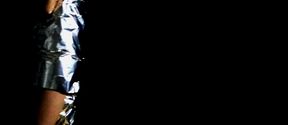
to wear (verb)
weər/wer
by Ena Naito
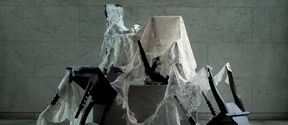
by Juan Guevara Verjel
In Experimental Design course students worked with a given material, this year it was wool, and explored many dimensions and potentials of it. Through kicking off with an online felting workshop, the group tested existing tools, methods, and techniques of working with wool. After their initial testing, they also followed an experimental manner to develop new ways of engaging with the material. At the end of the course, students gained basic tacit knowledge of dealing with both unclean and clean wool. Through their experiments, students successfully completed an uncertain task that was exploring a material by developing and focusing on certain themes, aspects or functions of it. Some projects tackled new techniques of making felt, new inventions and appropriations of tools, combining DIY techniques for making traditional crafts, the sustainability of wool, and sensorial experiences of (digital) materialities.
On the other hand, in spring 2020, Experimental Design was one of the early courses at Aalto University that was completely held remotely for all students and teachers since it took place during the pandemic period. The virtual studio environment provided a new perspective for the course: the students described their works verbally to an extent that we wouldn’t expect in a physical studio environment, since it was not easy to understand some of the basic qualities from the screens. While this experience helped all practitioners to pay attention to even minor tactile experiences, it also triggered rich discussions on the relationship between design and sensorial experiences.
Teachers: Anna van der Lei & Bilge Aktas
Experimental Design Course Spring 2020
There is a space between symbiosis and machine.
There is also a repellence that tends to push these two apart. We felt the need to try and hold them closer, feeling the tension, creating some friction, some heat.
Staying in this space, we have experimented with new ways of thinking about nature, withinness, evolution, materials, ephemerality, others, tools, and machines.
We have questioned and discussed if, and when, a machine can be symbiotic, what would be different if we were to do ‘with’ and not ‘against’, if we collaborate instead of exploit.
These spaces for investigation sprouted from Lynn Margulis endo-symbiotic theory of evolution: we wondered how would our practice be different when shifting from the survival of the fittest—in isolation—to a system of co-existing survivals.
Teacher: Gianluca Giabardo
Experimental Design Course Spring 2019
There are different approaches to the design process. Perhaps the most obvious one is to use the design process to solve problems and to create novel concepts for products and services. But what if there is no clear problem to be solved and the target outcome is deliberately left unknown? What if we start from the material (or color) instead of the object and engage in an open-minded dialog with the material itself and start exploring without the fear of making mistakes? What if we trust that freedom to explore is the foundation for new? This is what experimental design is about.
Iittala provided us with hundreds if not thousands of brown Teema plates, as they had been discarded, not because they were broken but because the brown colour did not sell that well. Additionally we were given several kilos of ‘waste’ glass from the Iittala factory in Finland.
In each course the design process was exploratory and probing consisting of a series of experiments. The practiced approach was hands on allowing the students to sketch, communicate and improvise with the material without the use of pen and paper – or computer and software, for that matter. During the run of the course the students conducted studio based research discovering and developing experimental approaches – which they can later implement in their design process – and novel (composite) materials and concepts.
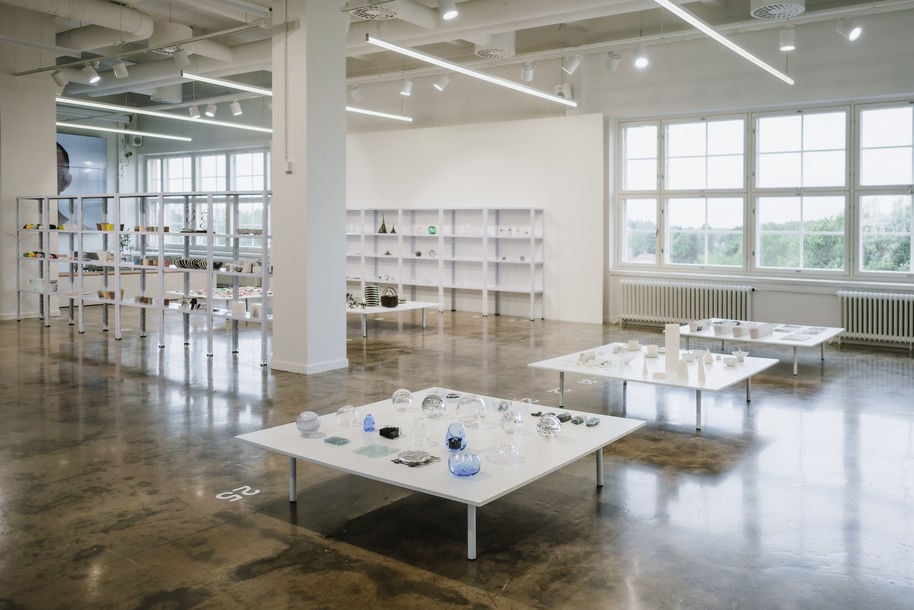
Teacher: Anna van der Lei & Nathalie Lautenbacher
Aalto ceramic workshop master: Tomi Pelkonen
Experimental Design Course Fall 2018
Teacher: Anna van der Lei
Glass workshop assistant: Ekin Kayis
Glass blowers: Janne Rahunen & Orcum Erdem
Experimental Design Course Spring 2018
Sixteen students were asked to re-think the future for 2000 red Coca-Cola bottle crates. The task at hand was as challenging as it was fruitful, the possibilities of material processing and future applications being almost limitless.
The course Experimental Design runs yearly at Aalto University school of Arts Design and Architecture and has the length of seven weeks. Throughout the course the student conducts practice and studio based research developing experimental methods, which they can implement in their design process.
The students used both domestic and industrial tools to recycle and process the plastic crates with varying results. After receiving the 2000 bottle crates the students started to work on a collective material library before continuing individually or in small groups. One hundred samples from this collective library are illustrated in a project book accompanied with descriptions of the methods and tools used to produce each sample.
Teachers: Anna van der Lei & Tiina Aaras
Course assistant: Erin Turkoglu
Experimental Design Course Spring 2017
The cooperation between Fiskars and Aalto University started in 2017 by defining shared interest areas in the long term, and first concrete projects started in 2018.
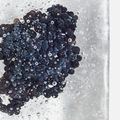
Design students consider new uses for the plastic from the crates that have been used for decades.
